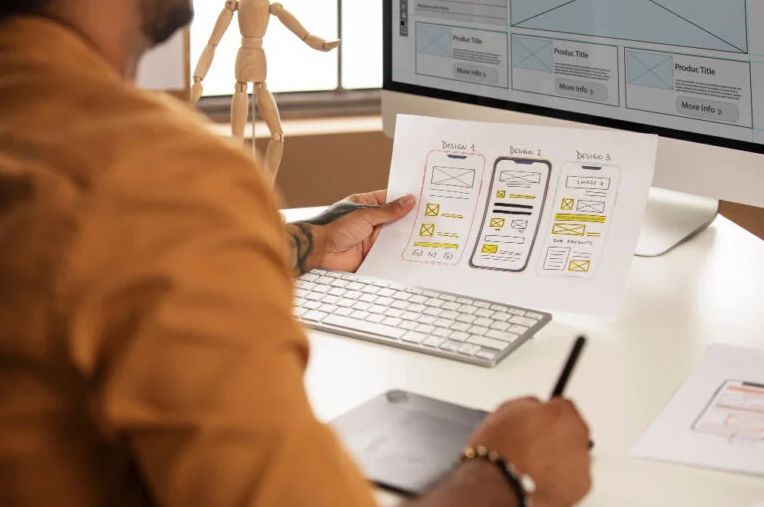When designing an app, it’s essential to consider accessibility and create an inclusive experience for all users. As a reputable app design company, we emphasize the importance of accessibility in app design. By following best practices for accessible design, you can ensure that your app is usable by everyone, regardless of their abilities.
Accessibility is not only a moral imperative, but it also makes good business sense. By designing an accessible app, you can:
– Reach a wider audience, including users with disabilities
– Improve user experience and satisfaction
– Enhance your brand’s reputation and social responsibility
– Comply with accessibility laws and regulations
In this article, we’ll explore the best practices for designing an accessible app.
1. Clear Navigation
Clear navigation is essential for any app, but it’s particularly important for users with disabilities. A well-designed navigation system can help users with visual impairments, motor impairments, and cognitive disabilities to easily find what they’re looking for.
2. High Contrast Colors
High contrast colors are essential for users with visual impairments. By using high contrast colors, you can ensure that text and images are visible to users with visual impairments.
3. Large Text and Buttons
Large text and buttons are essential for users with motor impairments. By providing large text and buttons, you can ensure that users can easily tap or click on elements, even if they have limited dexterity.
4. Closed Captions
Closed captions are essential for users who are deaf or hard of hearing. By providing closed captions for audio and video content, you can ensure that users can understand and engage with your app.
5. Screen Reader Compatibility
Screen reader compatibility is essential for users who are blind or have low vision. By designing your app to be compatible with screen readers, you can ensure that users can navigate and interact with your app using assistive technology.
6. Customizable Font Sizes and Styles
Customizable font sizes and styles are essential for users with visual impairments. By providing options for users to adjust the font size and style, you can ensure that users can read and understand your app’s content.
7. Consistent Layout and Design
A consistent layout and design are essential for users with cognitive disabilities. By providing a consistent layout and design, you can ensure that users can easily navigate and understand your app.

Conclusion
Designing an accessible app is essential for providing an inclusive experience for all users. As an experienced app design company, we recommend following the best practices outlined in this article to ensure that your app is usable by everyone, regardless of their abilities. Remember, accessibility is not a one-time task, but an ongoing process. Continuously test and iterate on your app to ensure that it remains accessible and usable for all users.







1 Comment
A WordPress Commenter
Hi, this is a comment.
To get started with moderating, editing, and deleting comments, please visit the Comments screen in the dashboard.
Commenter avatars come from Gravatar.